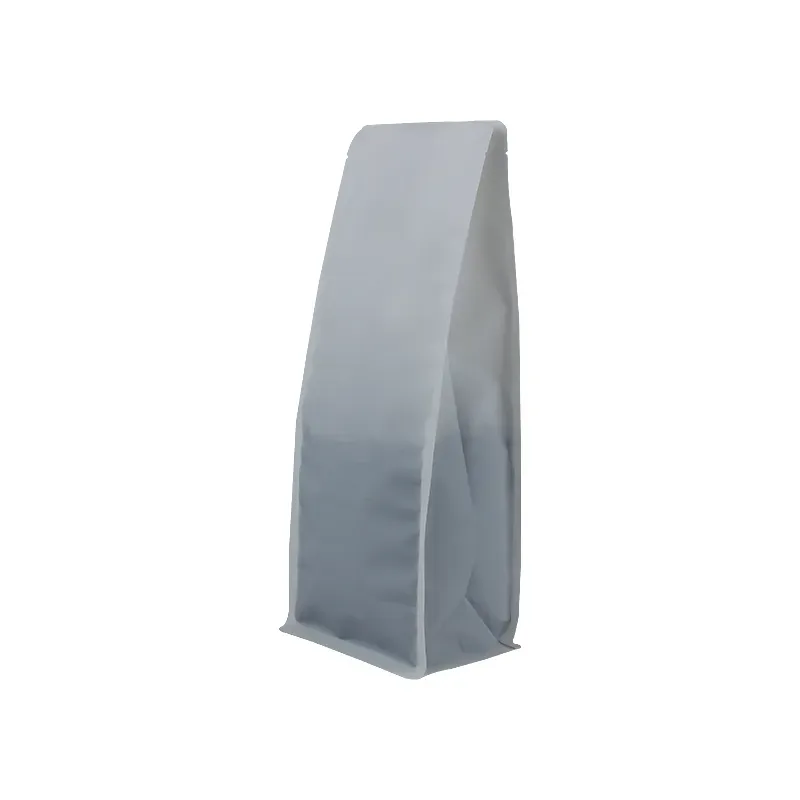- Afrikaans
- Albanian
- Amharic
- Arabic
- Armenian
- Azerbaijani
- Basque
- Belarusian
- Bengali
- Bosnian
- Bulgarian
- Catalan
- Cebuano
- chinese_simplified
- chinese_traditional
- Corsican
- Croatian
- Czech
- Danish
- Dutch
- English
- Esperanto
- Estonian
- Finnish
- French
- Frisian
- Galician
- Georgian
- German
- Greek
- Gujarati
- haitian_creole
- hausa
- hawaiian
- Hebrew
- Hindi
- Miao
- Hungarian
- Icelandic
- igbo
- Indonesian
- irish
- Italian
- Japanese
- Javanese
- Kannada
- kazakh
- Khmer
- Rwandese
- Korean
- Kurdish
- Kyrgyz
- Lao
- Latin
- Latvian
- Lithuanian
- Luxembourgish
- Macedonian
- Malgashi
- Malay
- Malayalam
- Maltese
- Maori
- Marathi
- Mongolian
- Myanmar
- Nepali
- Norwegian
- Norwegian
- Occitan
- Pashto
- Persian
- Polish
- Portuguese
- Punjabi
- Romanian
- Russian
- Samoan
- scottish-gaelic
- Serbian
- Sesotho
- Shona
- Sindhi
- Sinhala
- Slovak
- Slovenian
- Somali
- Spanish
- Sundanese
- Swahili
- Swedish
- Tagalog
- Tajik
- Tamil
- Tatar
- Telugu
- Thai
- Turkish
- Turkmen
- Ukrainian
- Urdu
- Uighur
- Uzbek
- Vietnamese
- Welsh
- Bantu
- Yiddish
- Yoruba
- Zulu
Innovative Solutions for Sustainable Tinplate Packaging in Modern Industries
The Significance of Tinplate Packaging in Modern Industries
In today's rapidly evolving marketplace, packaging plays a crucial role in determining product quality, shelf life, and consumer perception. Among various packaging materials, tinplate has emerged as a favored choice across multiple industries due to its unique properties and advantages. This article delves into the significance of tinplate packaging, highlighting its applications, benefits, and environmental impact.
Tinplate, which is steel coated with a thin layer of tin, combines the strength of steel with the corrosion resistance of tin. This versatile material has been used for over a century, primarily in the food and beverage sector. Cans made from tinplate are essential for packaging a variety of products, including soups, vegetables, beverages, and pet food. The exceptional barrier properties of tinplate protect contents from light, air, and moisture, which can degrade product quality. Moreover, the airtight seals created using tinplate packaging dramatically extend shelf life, ensuring that consumers enjoy fresh products long after production.
Another significant advantage of tinplate packaging is its recyclability. In an era where environmental sustainability is of paramount importance, tinplate stands out as an eco-friendly option. Tinplate is 100% recyclable, and its recycling process is efficient and energy-saving. When tinplate is recycled, it can be repurposed into new products without losing quality. This characteristic not only helps to reduce waste in landfills but also conserves resources and energy that would otherwise be used in the extraction and processing of raw materials. Many consumers today are increasingly eco-conscious, and choosing tinplate packaging can enhance a brand's reputation and appeal.
tinplate packaging

In addition to its practical benefits, tinplate packaging offers significant marketing advantages. The ability to print high-quality graphics directly onto the surface of tinplate creates an engaging and visually appealing product presentation. With vibrant colors and attractive designs, brands can stand out on store shelves and catch the eye of potential customers. Furthermore, the tactile nature of tinplate conveys a sense of quality and durability, reinforcing the brand's commitment to excellence.
The use of tinplate is not confined to just food and beverages. The automotive, electronics, and cosmetics industries also benefit from this versatile packaging material. For example, tinplate containers are used to package paints and coatings, providing protection while enhancing product aesthetics. In the cosmetics industry, elegant tinplate packaging for creams, lotions, and powders conveys luxury, attracting discerning consumers.
Innovation in tinplate packaging is also on the rise. With advancements in technology, manufacturers are exploring new shapes and designs that cater to changing consumer preferences. Smart packaging solutions, such as lid sensors that indicate freshness or interactive components that engage consumers, are being integrated into tinplate designs. These innovations not only enhance user experience but also provide brands with valuable data on consumer behavior.
In conclusion, tinplate packaging is a powerful player in modern industries, offering exceptional protection, sustainability, and branding opportunities. Its recyclability makes it an environmentally friendly choice, while its versatility allows for use across various sectors. As consumer preferences continue to evolve, the innovative potential of tinplate packaging will undoubtedly lead to new applications and designs, solidifying its position as a preferred packaging material in the future. By embracing tinplate, businesses can enhance their brand image, contribute to a sustainable economy, and meet the expectations of today’s environmentally conscious consumers.













